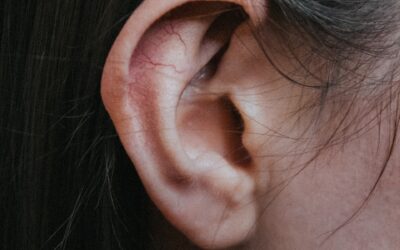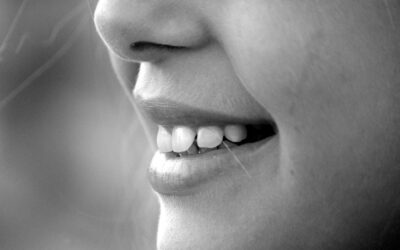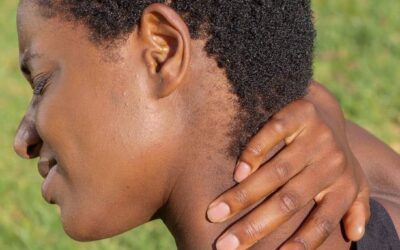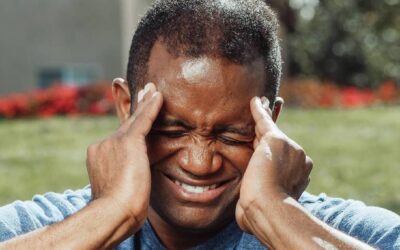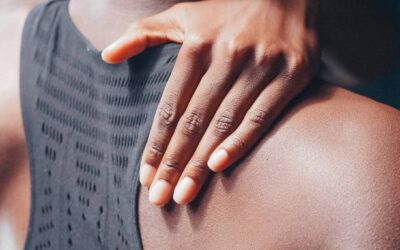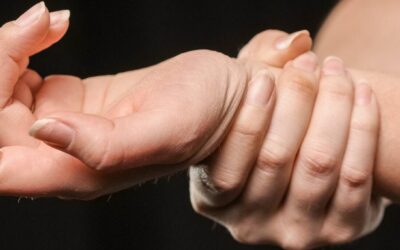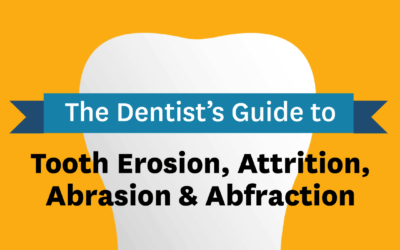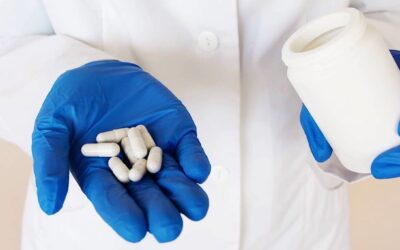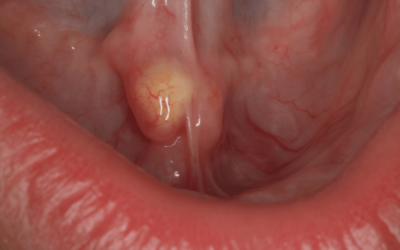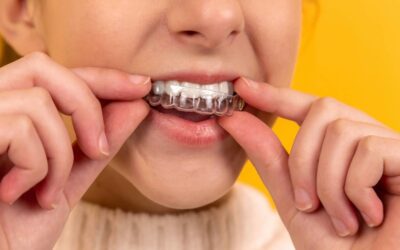If the patient experiences a sharp pain in the back of the neck, close to the nuchal line, and it radiates to the parietal and frontal areas, the clinician should consider the possibility of occipital neuralgia. Occipital neuralgia (ON) is a primary headache disorder...
Visual Changes With Migraines
Most of us have either heard of migraines, known someone who has had migraines, or better yet, has had the misfortune of being stricken by migraines ourselves. Migraines are a type of debilitating headache that doesn’t get much press. Everyone has heard of it, but no...
What Is Red Ear Syndrome?
I’m not embarrassed, I'm not drunk, and I’m not frostbitten, so why are my ears bright red? Most of us have probably never heard of something that doctors refer to as the “red ear syndrome”. Don’t worry. Many doctors have never heard of it either. I certainly had...
Topical Intraoral Options for Neuropathic Pain
What is Neuropathic pain? Neuropathic pain is pain initiated by the nervous system either from a lesion, trauma, or dysfunction. It can occur for no reason at all or can be secondary to other causes such as dental procedures or central nervous system pathology....
Clinical Features, Diagnosis, and Treatment of Erythema Multiforme
Erythema multiforme (EM): First described in 1866 by Ferdinand von Hebra as an acute, self-limited cutaneous disease characterized by multiform skin lesions, now called EM minor [1]. In 1950, Bernard A. Thomas classified EM into erythema multiforme minor (von Hebra)...
CGRP: 4 Letters That Became a New Frontier in Pain Management
What Does CGRP Stand For? Calcitonin gene-related peptide (CGRP) is a neuropeptide (neurotransmitter of the nervous system) discovered over 30 years ago. It has specific receptors located both centrally and in the periphery. CGRP is present in trigeminal neurons and...
3 Elements of General Neck Examination
The evaluation of the neck provides useful information for the dental practitioner by identifying conditions that might contribute to the oral health of the patient and the appropriate function of the masticatory system. At the same time, it constitutes a triage,...
Physical Medicine and Primary Headache Pain Disorders
A headache can be a small effect of a bigger primary headache disorder. These disorders include migraines, tension type headaches, cluster headaches, or medication-overuse headaches. There are treatments both with and without the use of physical medicine. Treatment...
Causes of Multiple Sclerosis
Multiple sclerosis (MS) is an autoimmune disease that affects the central nervous system, specifically the brain and spinal cord. This disease affects women twice the amount as men. Onset commonly occurs between ages 20 and 50 years. There are many negative...
Three Types of Sympathetic Maintained Pain
The idea that sympathetic pain exists is based on clinical findings seen in a small subset of patients suffering from neuropathic pain. Sympathetic pains occurs when the pain is clearly dependent on activity in the sympathetic nervous system. This is often referred to...
How to Treat and Prevent Medication Overuse Headaches
Over 1.5% of the population experiences Medication Overuse Headaches (MOH). This type is the most common migraine-like headache. People with MOH experience pain over 15 days each month. MOH ranges higher in women (2.6%) and people over 50 years of age (nearly 5%)....
Alternative Medications to Uncommon TMJ Disorders
Motor Neurectomy Motor neurectomy involves identifying the select branches of the motor nerve and perform radiofrequency lysis of the motor nerve itself. This will denervate a portion of the motor nerve and cause a resulting atrophy of the muscle. The area of the...
Ankylosis and Facial Asymmetry Disorders
High Condylectomy & Temporal Fascia Graft In cases where the jaw opening ability is severely compromised due to ankylosis, it is necessary to perform surgical treatment of the TM joint. This involves a high condylectomy (removing approximately 4 mm on top of...
7 Imaging-Based Diagnostic Tests for TMJ Disorders
1. Jaw Bone Scan with Radionucleotide Bone scans are utilized to assess bone tissue growth. It is an older technology and less specific technology (2D) than SPECT (3D), but it still has a role in diagnosis of bone scan. After the injection of the nucleotide, a gamma...
How to Diagnose and Treat Oral Motor Disorders
1. Trismus Trismus occurs when there is an involuntary restriction of active opening (<38mm) due to abnormal or inappropriate closer muscle activity during opening movement. This is called a co-contraction disorder; openers and jaw closers are contracting at...
How to Diagnose 7 Maxillary Growth Disorders
Below is an overview of seven common and uncommon maxillary growth disorders including severe skeletal malocclusion, unilateral hyperplasia, condylar hypertrophy, condylar hypoplasia, condylar neoplasia, masticatory muscle hypertrophy, and muscular neoplasia. 1....
Dentist’s Guide to Tooth Erosion, Attrition, Abrasion & Abfraction
Learn how to diagnose, monitor, and treat different types of tooth wear including erosion, attrition, abrasion, and abfraction with this infographic based on Dr. Glenn Clark's course on abnormal oral physiology and sensory disorders. Want a full copy of the...
4 Mandibular Mobility Disorders
1. Muscle Contracture Muscle contractures are abnormal reductions in the extensibility of the jaw muscles (usually the closers). Contractures can result from a trauma induced scar, a spontaneous slowly developing shortening of the muscles without enlargement, or a...
Commonly Used Medications For Temporomandibular Disorders
1. NSAIDs The orofacial pain conditions for which NSAIDs are prescribed include acute arthralgia (capsulitis), arthritis, and painful locked TMJ. Although there are many options, and the clinician has to select which best suits each patient, three NSAIDs are...
How to Diagnose and Remove Salivary Stones (Sialoliths)
What are salivary stones? Salivary stones, also called sialoliths, are calcified organic masses that form within the salivary gland's secretory system. Salivary stones comprise of organic and inorganic materials, including calcium carbonates and phosphates,...
TMJ Injection Treatments: Lidocaine, Steroids, Hyaluronate & Botox
Lidocaine Trigger Point Injections When myofascial pain is a component of the pain problem, a trigger point injection is helpful in treatment, but only after the patient demonstrates ability and compliance with the home stretching protocol. These injections are used...
Appliance-Based and Occlusion-Based Treatments for TMJ
Occlusal Appliances Occlusal guards have several purposes. The guards can protect the teeth from wear such as attrition, interrupt oral habits such as clenching, redistribute forces of sore and sensitized teeth, and establish a comfortable occlusal position in a...
TMJ Manipulation & Mobilization Treatments
Open Locking TMJ Manipulation This procedure is done to reduce open locking or open dislocation of the TMJ, and it can be done in one of two ways. One method includes grasping the jaw with both hands and placing the molars on the posterior molar teeth and the fingers...
Home-Based Physical Therapy Treatments for the TM Joint
The Myalgia or Myofascial pain protocol (MFP) is a self-directed home-based (and sometimes office-based) treatment approach, which includes several elements such as identifying and avoiding activities that are potentially harmful to the jaw system, increasing local...



